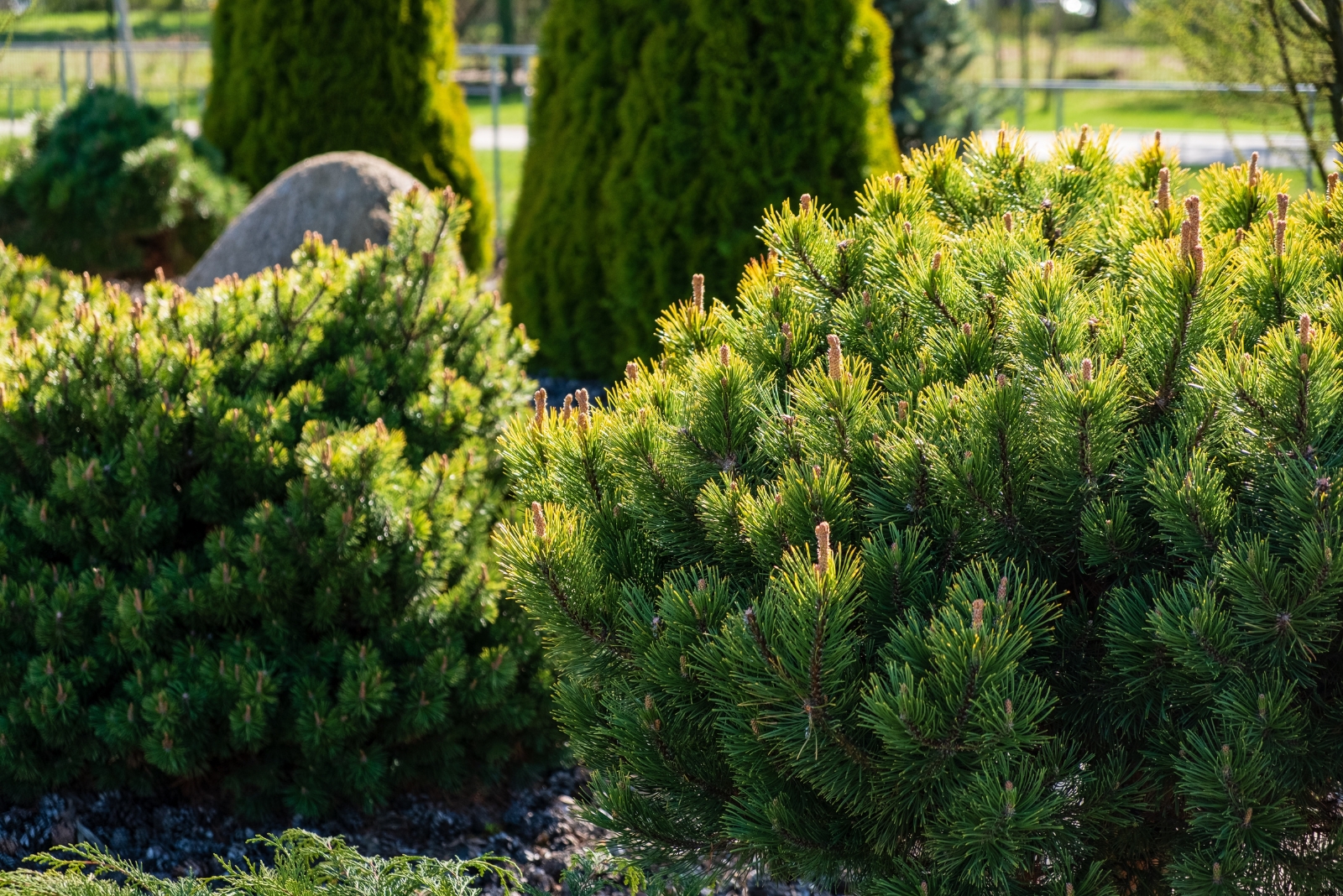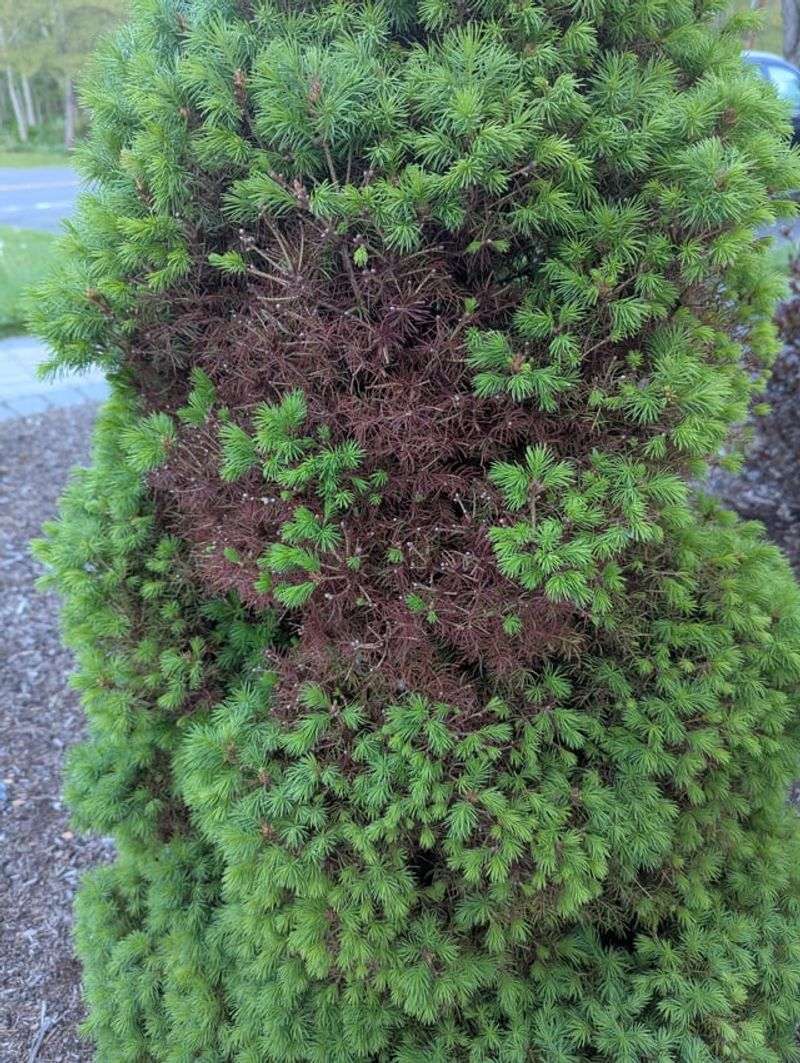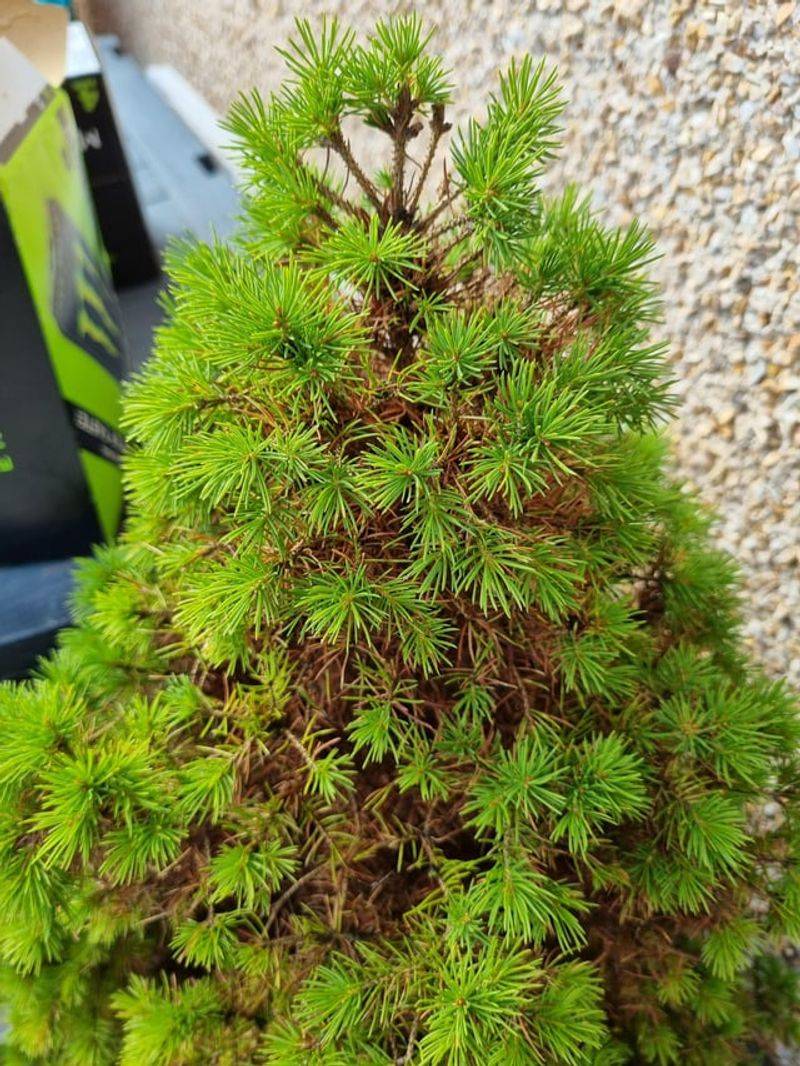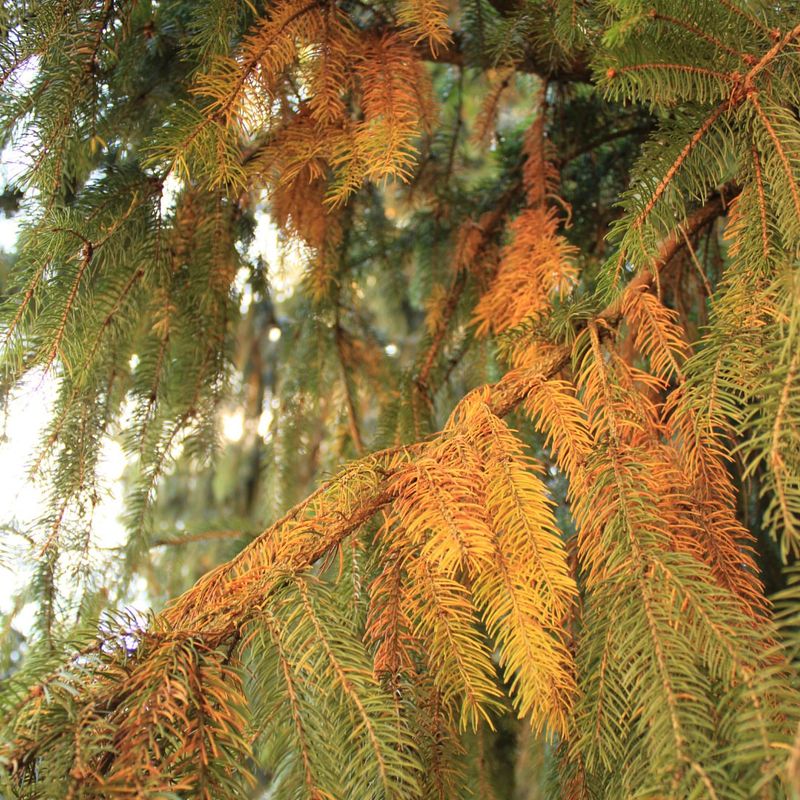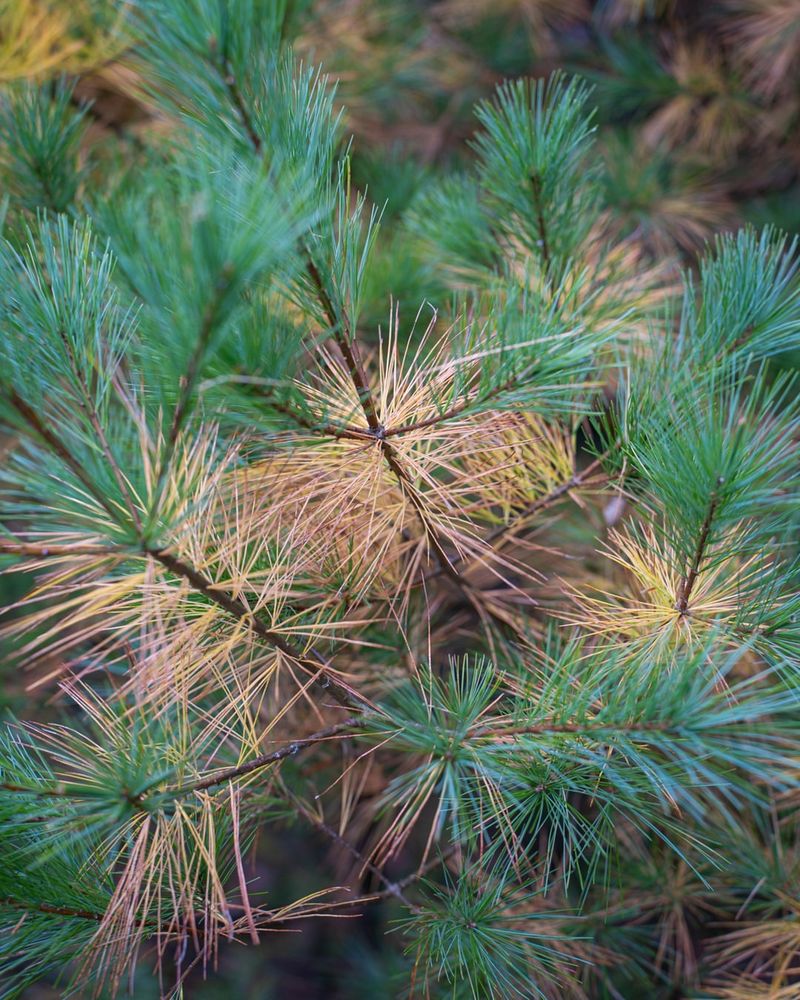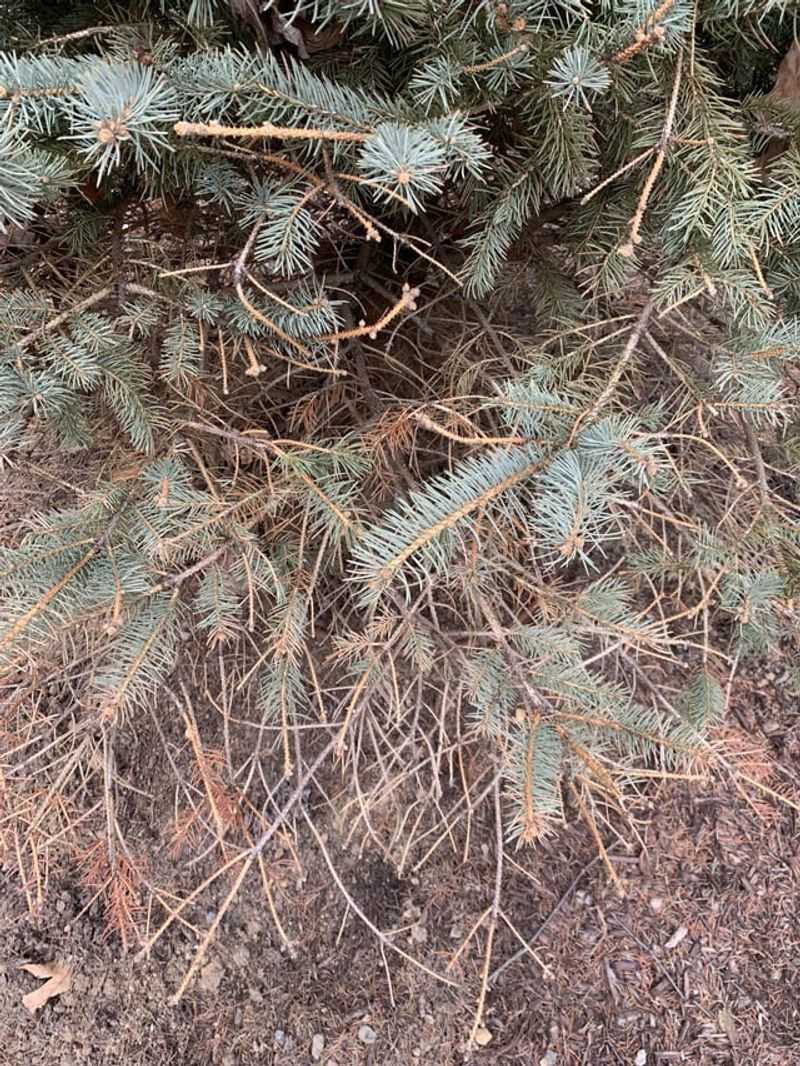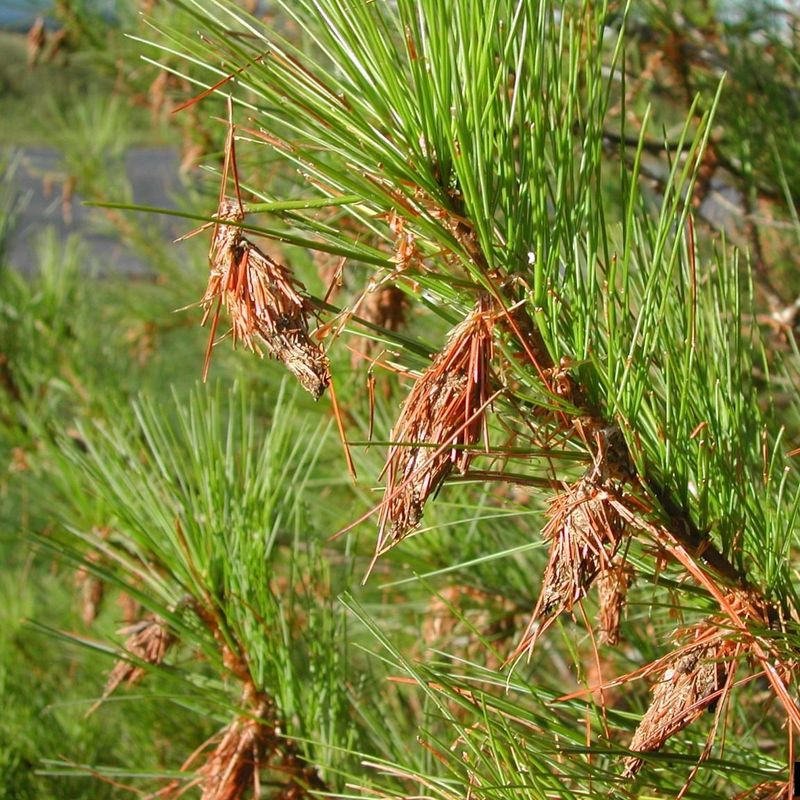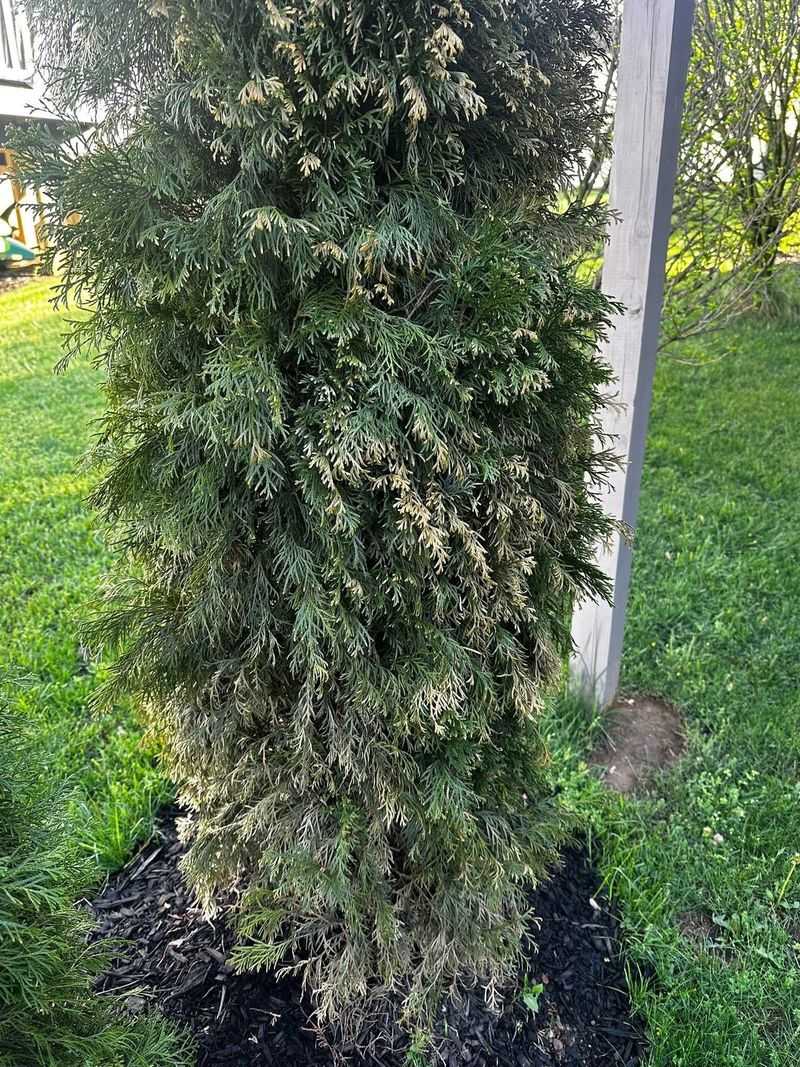Late fall in New York can make even the hardiest evergreens look a little sad. Brown needles don’t always mean disaster—they’re often trying to tell you something about the weather, water, or soil.
I’ve got seven reasons this happens so you can keep your evergreens happy. With a little attention, your New York yard can stay green and vibrant all season.
1. Winter Burn from Harsh Winds
Cold, dry winds sweep across New York during late fall, pulling moisture right out of evergreen needles. When the ground freezes, tree roots cannot replace this lost water fast enough.
Your tree ends up dehydrated, causing needles to turn brown and crispy. Wind-exposed sides of trees usually show the most damage.
Wrapping young evergreens with burlap or planting windbreaks can shield them from these brutal gusts throughout the season.
2. Natural Needle Drop
Believe it or not, evergreens naturally shed their oldest needles every few years. Late fall is prime time for this process in New York, especially for pines and spruces.
Interior needles closest to the trunk turn yellow or brown before dropping off completely. This is totally normal and nothing to panic about.
Only the outer, newer needles stay green and healthy. If browning stays on the inside branches, your tree is probably just going through its regular cycle.
3. Drought Stress from Dry Conditions
Even though fall brings cooler weather, New York can experience surprisingly dry spells before winter arrives. Evergreens need consistent moisture heading into dormancy.
When soil stays too dry for too long, roots struggle to absorb enough water. Needles respond by turning brown from the tips inward.
Water your evergreens deeply throughout fall, especially if rainfall has been scarce. Mulching around the base helps soil retain precious moisture during these critical weeks.
4. Salt Damage from Road Treatments
Road crews in New York start salting streets and highways as soon as temperatures drop. Salt spray kicks up from passing vehicles and lands directly on nearby evergreens.
Sodium accumulates on needles and in soil, causing chemical burns that show up as brown or yellow discoloration. Trees planted close to roads suffer the most visible damage.
Consider installing barriers or rinsing foliage with water after storms. Choosing salt-tolerant evergreen species helps if you live near busy streets.
5. Fungal Diseases Taking Hold
Wet, cool conditions during New York autumns create perfect breeding grounds for fungal infections. Needle cast diseases and tip blights attack evergreens when their defenses weaken.
Infected needles develop brown or purple spots before dying completely. Spores spread easily through rain and wind to healthy branches.
Prune out diseased sections and improve air circulation around your trees. Fungicide treatments applied in early fall can prevent infections from spreading throughout your landscape.
6. Insect Infestations Weakening Trees
Tiny pests like spider mites, scale insects, and bagworms feast on evergreen needles throughout the growing season. By late fall in New York, their damage becomes obvious.
Feeding insects suck out plant juices, leaving behind brown, stippled needles that eventually drop. Heavy infestations can severely weaken or even kill young trees.
Inspect your evergreens regularly for signs of bugs or webbing. Horticultural oils applied before winter can smother overwintering pests hiding in bark crevices.
7. Transplant Shock from Recent Planting
Did you plant or move an evergreen recently in New York? Late fall browning often signals transplant shock as roots adjust to their new home.
Disturbed root systems cannot supply enough water and nutrients to support all the foliage. Needles brown and drop as the tree conserves energy for survival.
Water transplants thoroughly and add mulch to protect developing roots. Most evergreens bounce back by spring once their root systems establish properly in the soil.

